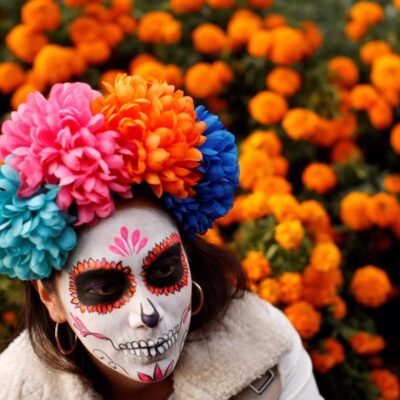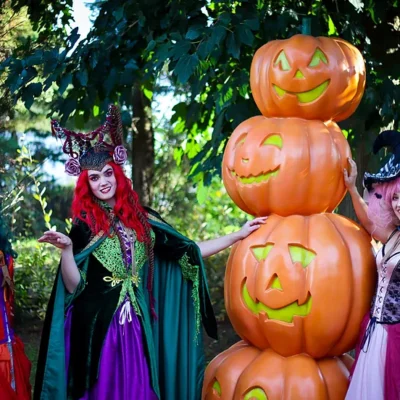This is Halloween!
What is Halloween and how did it come about? Here is a brief explanation of its history!
What is Halloween and how did it come about? Here is a brief explanation of its history!
This day is also known by multiple names and conceptions, see All Hallow's Eve, or also as All Hallow's Eve or Halloween. It is celebrated every year on October 31. This festivity was born as a Celtic festival more than 3000 years ago known as Samhain, (in ancient Irish means the end of summer).
What are the origins of Halloween?
The festivity was celebrated in Ireland, especially between the period of the end of the harvest season and the beginning of the Celtic new year, simultaneously with the autumn solstice.
It is a feast that is based on a superstition or mystical tradition whose concept is subject to the night of the living dead, that is, it is the night where the spirits can wander among the living.
The ancient Celts held the belief that with the arrival of the end of summer (Samhain), the world of the dead and the world of the living approached to the point of meeting on the same space-time line. And so good and evil spirits could coexist on that line. In the sacred rites, purifying and religious rituals were performed to help guide these lost and desolate souls. And most of the time it was done by placing lighted candles in the windows.

Where is Halloween celebrated?
Currently, Halloween is celebrated every year on October 31, mainly in Ireland, United States, Canada, United Kingdom, among others.
It is a night where a series of activities that have become typical in this festivity take place. For example, children take to the streets dressed as fantastic creatures or mythological beings, ghosts and demons, to ask their neighbors for candy and treats. The famous Truco o Trato.
However, in Spain and Latin America, Halloween is considered a U.S. celebration. However, there are traditions that retain a proximity with the same concept that collects this day. In Spain, for example, a great number of traditions are shared that are directly associated with this festivity, such as the meigas and the Santa Compaña of Galicia. Likewise, in Asturias, children used to beg for food from houses by holding lamps.
Another example would be Castilla. In some municipalities, houses were decorated with holed pumpkins with a face always with the intention of terrorizing, inserting a candle inside the same pumpkin in the shape of a face.

'Trick or Treat'
According to legend, on Halloween night, all kinds of spirits could roam. Angels and demons. Humans and ghosts. Living and dead.
Among all these entities, there was one in particular who called himself Jack O’lantern who went around the houses asking for “trick or treat”. According to tradition, it was convenient to accept the deal regardless of the costs and consequences before falling into his trick, a trick full of curses and misfortunes for anyone who did not accept his conditions.
Although it is true that in the mythical tradition, the trick and the deal have very different meanings and senses from those we apply today. Since the trick is about playing a joke or a scare and the treat would be to give candy or sweets. So, children walk around Halloween night in costume asking for candy and treats under the slogan: “trick or treat”. In this way, neighbors will have to decide whether to give candy or receive a prank or scare from the children. Usually, if you don’t accept the treat, the punishment in the form of a prank consists of throwing eggs or shaving cream against the door.

We hope you get lots of candy! And if you do any scares… Let it be with love and originality!










